Home>Renovation & DIY>Home Renovation Guides>Why Is A Storm Door Icing Up
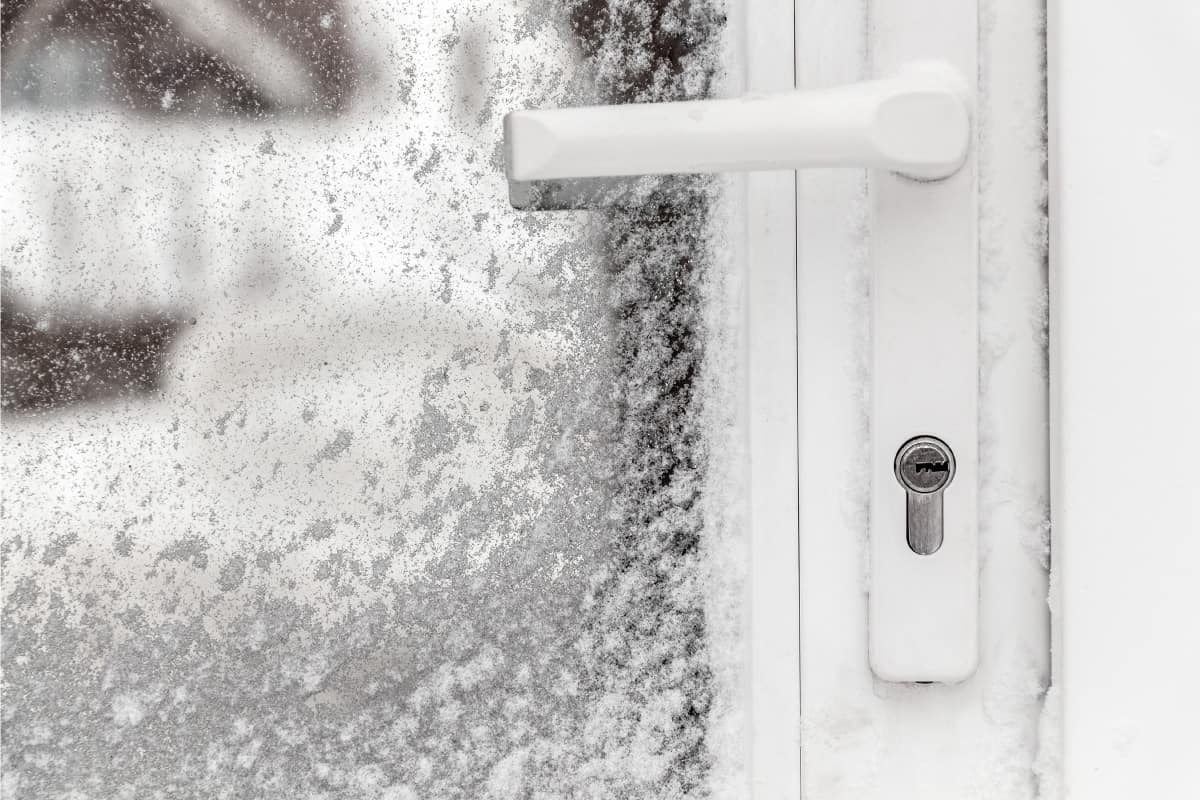

Home Renovation Guides
Why Is A Storm Door Icing Up
Modified: February 16, 2024
Learn why storm doors ice up and how to prevent it in this comprehensive home renovation guide. Keep your home warm and cozy all winter long.
(Many of the links in this article redirect to a specific reviewed product. Your purchase of these products through affiliate links helps to generate commission for Storables.com, at no extra cost. Learn more)
Understanding the Issue
Introduction: Understanding the Issue
Storm doors serve as a protective barrier against the elements, offering insulation and safeguarding the entry points of our homes. However, during the colder months, these essential fixtures can encounter a common and often perplexing issue: icing up. This phenomenon occurs when frost or ice accumulates on the surface of the storm door, posing potential challenges and safety concerns for homeowners.
The perplexing nature of a storm door icing up lies in its seemingly inexplicable occurrence. Homeowners may find themselves wondering why this is happening, how it affects their homes, and what measures can be taken to prevent it. In this comprehensive guide, we will delve into the factors contributing to storm door icing, its effects, and practical strategies to mitigate this issue.
As we embark on this exploration, it's essential to recognize that a storm door icing up is not merely an inconvenience; it can signify underlying problems that may compromise the functionality and integrity of the door. By unraveling the mysteries behind this issue, we aim to equip homeowners with the knowledge and tools to address and prevent storm door icing effectively. So, let's embark on this journey to gain a deeper understanding of why storm doors ice up and how to combat this perplexing occurrence.
How Storm Doors Ice Up
Key Takeaways:
- Storm doors ice up due to fluctuating temperatures, high humidity, poor insulation, wind exposure, and proximity to landscaping. Preventive measures include enhancing insulation, promoting ventilation, and utilizing storm door covers.
- Icing on storm doors can compromise structural integrity, impede entryway accessibility, pose safety hazards, compromise insulation, and degrade aesthetics. Preventive strategies such as regular maintenance and monitoring humidity levels are crucial in minimizing icing.
Read more: Why Is It Called A Storm Door
How Storm Doors Ice Up: Factors Contributing to Icing
Understanding the factors that contribute to storm door icing is crucial in addressing this issue effectively. Several elements come into play, creating an environment conducive to ice formation on the surface of the door.
Temperature Fluctuations: One of the primary contributors to storm door icing is fluctuating temperatures. When the temperature hovers around the freezing point, the moisture in the air can condense on the door, subsequently freezing and forming a layer of ice. This process is particularly prevalent during transitional seasons, such as fall and spring, when varying temperatures oscillate between cold and warm.
Humidity Levels: High humidity levels can exacerbate the likelihood of storm door icing. When the air is saturated with moisture, it increases the potential for condensation to form on the door’s surface. This moisture can then freeze, resulting in the accumulation of ice.
Poor Insulation: Inadequate insulation around the perimeter of the storm door can contribute to icing issues. If the door is not properly sealed, cold air can infiltrate the space between the storm door and the entry door, creating a conducive environment for ice formation.
Wind Exposure: Wind can intensify the icing process by accelerating the cooling of the door’s surface. When strong winds come into contact with a moist surface, it expedites the freezing of the moisture, leading to the rapid formation of ice.
Proximity to Landscaping: The proximity of landscaping features, such as shrubbery or trees, to the storm door can also impact icing. If these elements obstruct sunlight or impede proper airflow, they can contribute to the accumulation of moisture, fostering an environment conducive to ice formation.
By recognizing these contributing factors, homeowners can gain insight into the conditions that facilitate storm door icing. This understanding sets the stage for implementing effective preventive measures to mitigate the impact of icing on storm doors.
Effects of Icing on Storm Doors
Effects of Icing on Storm Doors: Potential Damage and Safety Concerns
The presence of ice on storm doors can give rise to a myriad of potential damage and safety concerns, underscoring the significance of addressing this issue proactively.
Structural Integrity: The accumulation of ice on a storm door can compromise its structural integrity. As ice forms and expands, it exerts pressure on the door, potentially leading to warping or damage to the frame and hinges. This deterioration can impede the door’s functionality and longevity, necessitating repairs or replacements.
Entryway Accessibility: Icing on storm doors can impede the smooth operation of the entryway. When ice accumulates around the door’s perimeter or handle, it can hinder the ease of opening and closing the door, posing inconveniences and potential safety hazards for occupants attempting to navigate the entryway.
Safety Hazards: Icy storm doors present safety hazards, particularly when the ice obscures visibility or creates slippery surfaces. This can increase the risk of accidents, such as slips and falls, for individuals entering or exiting the home. Additionally, the presence of ice may conceal potential obstacles or hazards near the entryway, further heightening the risk of injuries.
Insulation Compromise: Ice accumulation on storm doors can compromise their insulating properties. When ice forms on the door’s surface, it can impede the seal between the storm door and the entry door, allowing cold air to infiltrate the home. This compromises energy efficiency, leading to increased heating costs and reduced comfort within the living space.
Aesthetic Degradation: Beyond functional implications, icing can detract from the aesthetic appeal of the storm door. The presence of ice can mar the appearance of the door, diminishing its visual appeal and detracting from the overall curb appeal of the home.
By recognizing the potential damage and safety concerns associated with icing on storm doors, homeowners can appreciate the urgency of implementing measures to prevent and mitigate this issue. Addressing these effects is essential in preserving the functionality, safety, and visual appeal of the storm door and its surrounding environment.
Preventing Storm Doors from Icing Up
To prevent a storm door from icing up, try using a silicone spray on the weather stripping to keep it from sticking. Additionally, make sure the door is properly sealed to prevent warm air from escaping and causing condensation.
Preventing Storm Doors from Icing Up: Strategies to Minimize Icing
Implementing proactive strategies to minimize the likelihood of storm door icing is paramount in safeguarding the door’s functionality and preserving the safety and comfort of the home environment. By adopting preventive measures, homeowners can mitigate the impact of icing and maintain the integrity of their storm doors.
Enhance Insulation: Ensuring proper insulation around the storm door is crucial in minimizing icing. Weather-stripping and sealing any gaps or drafts around the door’s perimeter can mitigate the infiltration of cold air, reducing the potential for condensation and ice formation.
Ventilation and Air Circulation: Promoting adequate ventilation and air circulation near the storm door can deter moisture buildup. This can be achieved by maintaining a clear pathway for airflow and ensuring that landscaping features do not obstruct the door, allowing for proper ventilation and sunlight exposure to mitigate moisture accumulation.
Utilize Storm Door Covers: Installing storm door covers or protective shields can offer an additional barrier against ice formation. These covers can shield the door from direct exposure to moisture and freezing temperatures, reducing the likelihood of icing while preserving the door’s functionality.
Monitor Humidity Levels: Keeping tabs on indoor humidity levels can aid in preventing storm door icing. Using dehumidifiers when necessary and ensuring proper ventilation within the home can mitigate excessive moisture, minimizing the potential for condensation and subsequent ice formation on the storm door.
Regular Maintenance: Implementing a routine maintenance schedule for the storm door can help identify and address potential issues that may contribute to icing. This includes inspecting and cleaning the door, addressing any signs of wear or damage, and ensuring that the door’s components are functioning optimally to mitigate conditions conducive to icing.
Utilize Heat Sources: Strategically placing heat sources, such as heat lamps or radiant heaters, near the storm door can help prevent ice formation during periods of extreme cold. These supplemental heat sources can mitigate the impact of freezing temperatures, reducing the likelihood of icing.
By incorporating these preventive strategies, homeowners can proactively minimize the occurrence of storm door icing, preserving the functionality, safety, and aesthetic appeal of these essential entryway fixtures.
Conclusion
Conclusion: Importance of Addressing the Issue
As we conclude our exploration of the perplexing phenomenon of storm door icing, it becomes evident that addressing this issue is of paramount importance for homeowners. The implications of icing on storm doors extend beyond mere inconvenience, encompassing potential damage, safety concerns, and compromised comfort within the home environment.
By understanding the contributing factors, effects, and preventive strategies associated with storm door icing, homeowners are empowered to take proactive measures to mitigate this issue. From enhancing insulation and promoting ventilation to monitoring humidity levels and implementing routine maintenance, a proactive approach can safeguard the integrity and functionality of storm doors, preserving their role as protective barriers against the elements.
It is essential to recognize that the prevention of storm door icing not only ensures the longevity and efficiency of these entryway fixtures but also contributes to the safety and well-being of occupants. By minimizing the risk of structural damage, accessibility challenges, and safety hazards associated with icing, homeowners can foster a secure and comfortable living environment for their families and visitors.
Furthermore, addressing storm door icing aligns with the broader goal of energy efficiency and home maintenance. By mitigating the infiltration of cold air and preserving the insulating properties of storm doors, homeowners can reduce energy costs and enhance the overall sustainability of their homes.
Ultimately, the importance of addressing storm door icing transcends the surface-level inconvenience, encompassing structural integrity, safety, and energy efficiency. By implementing preventive measures and staying attuned to the conditions that contribute to icing, homeowners can uphold the functionality and visual appeal of their storm doors, fostering a welcoming and secure entryway for all who cross the threshold.
In conclusion, by gaining a deeper understanding of why storm doors ice up and how to prevent this occurrence, homeowners can fortify their homes against the challenges posed by inclement weather, ensuring that their entryways remain warm, secure, and inviting throughout the seasons.
Frequently Asked Questions about Why Is A Storm Door Icing Up
Was this page helpful?
At Storables.com, we guarantee accurate and reliable information. Our content, validated by Expert Board Contributors, is crafted following stringent Editorial Policies. We're committed to providing you with well-researched, expert-backed insights for all your informational needs.
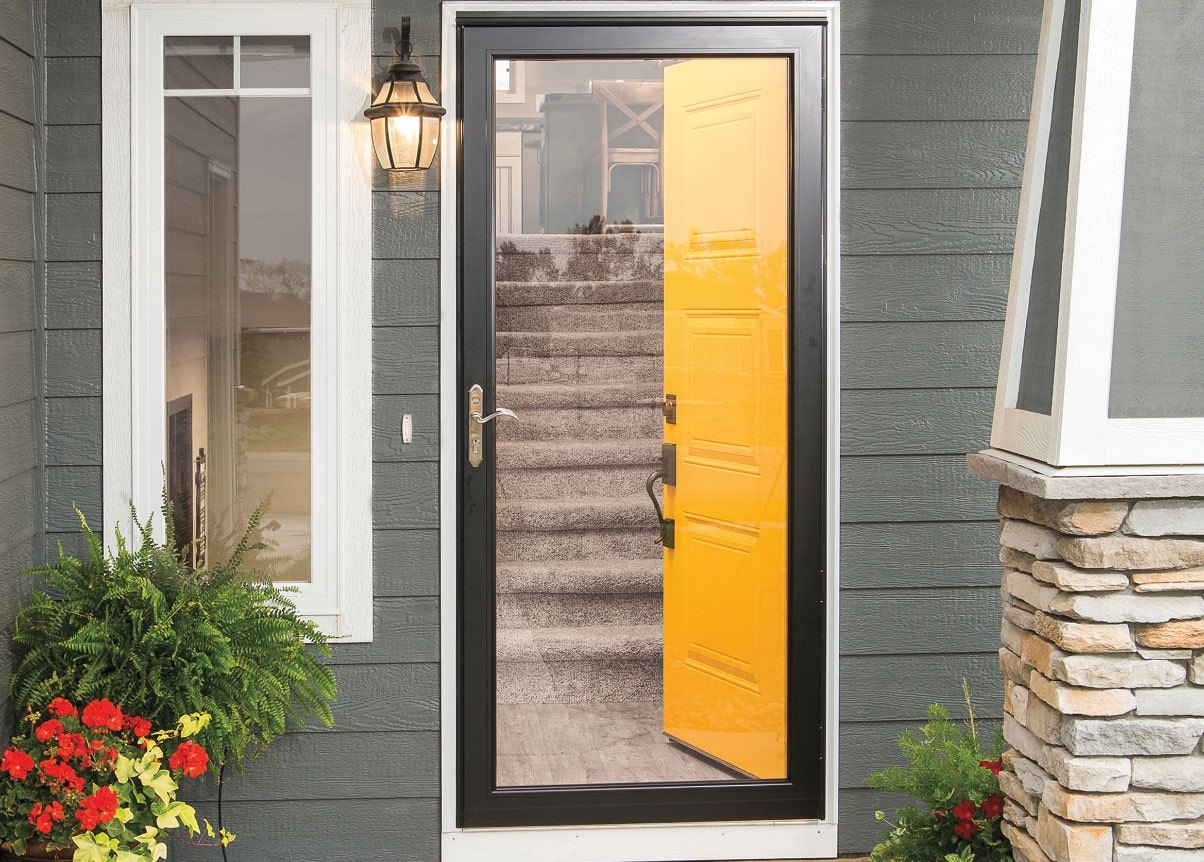
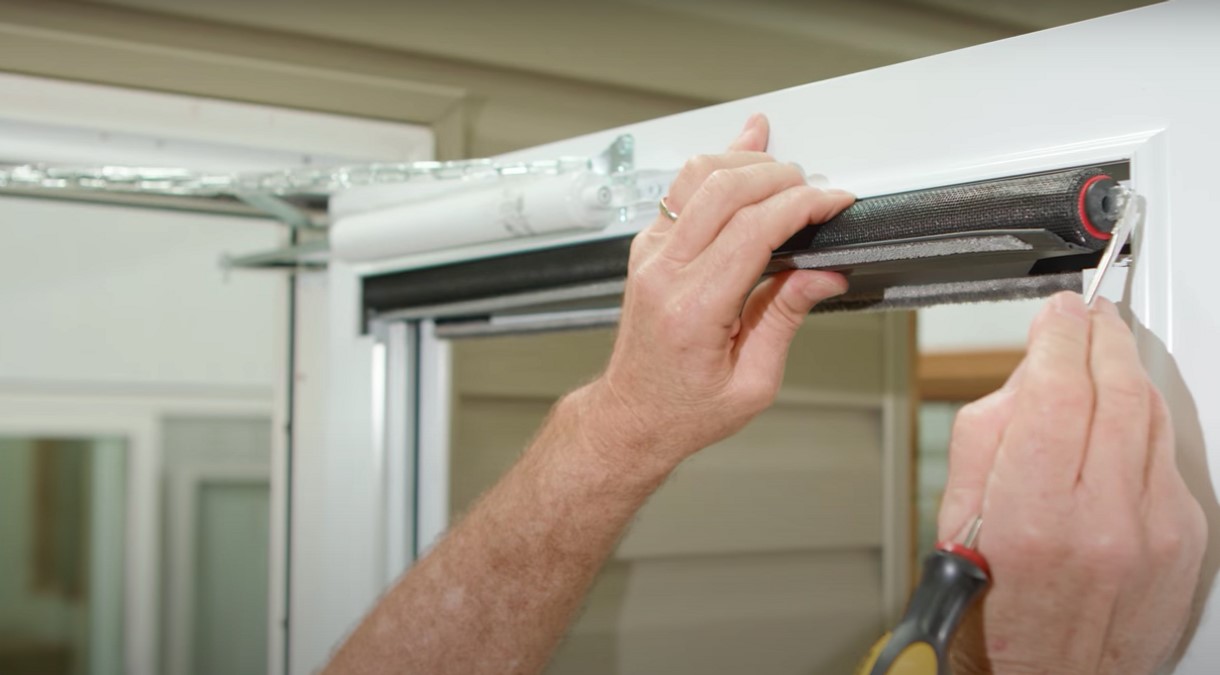
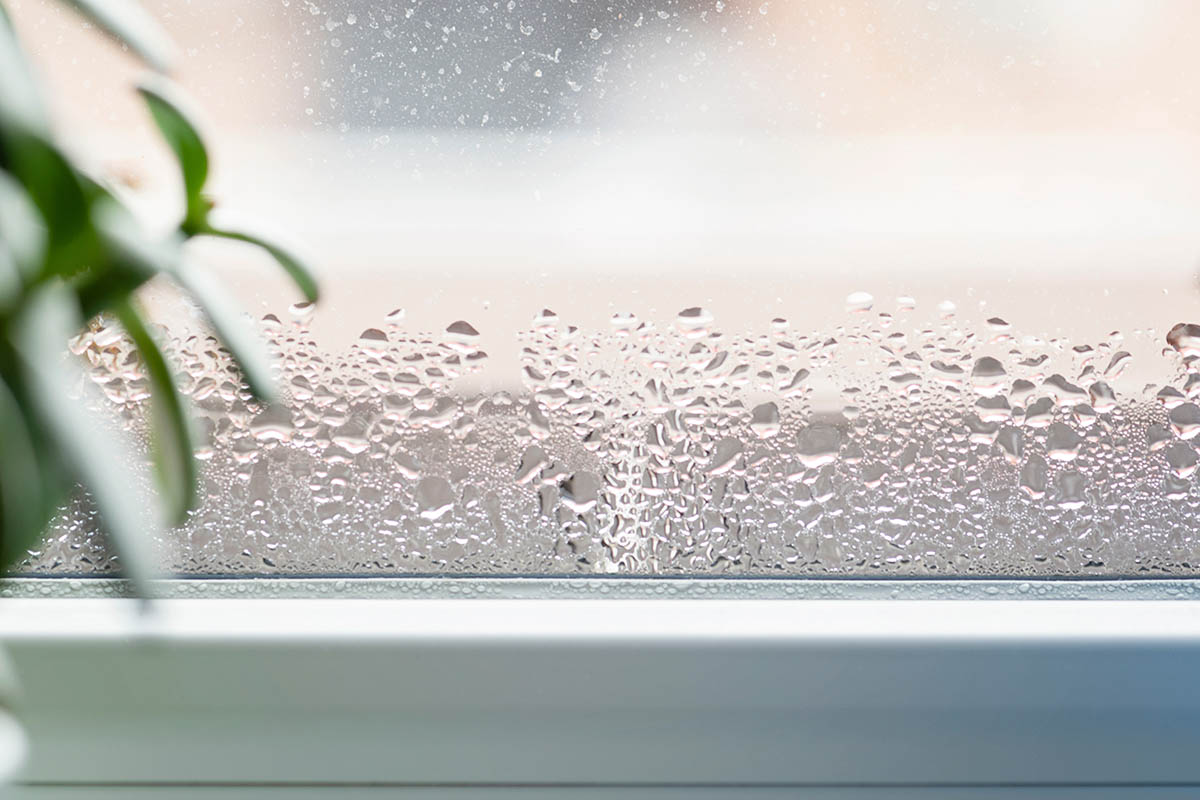


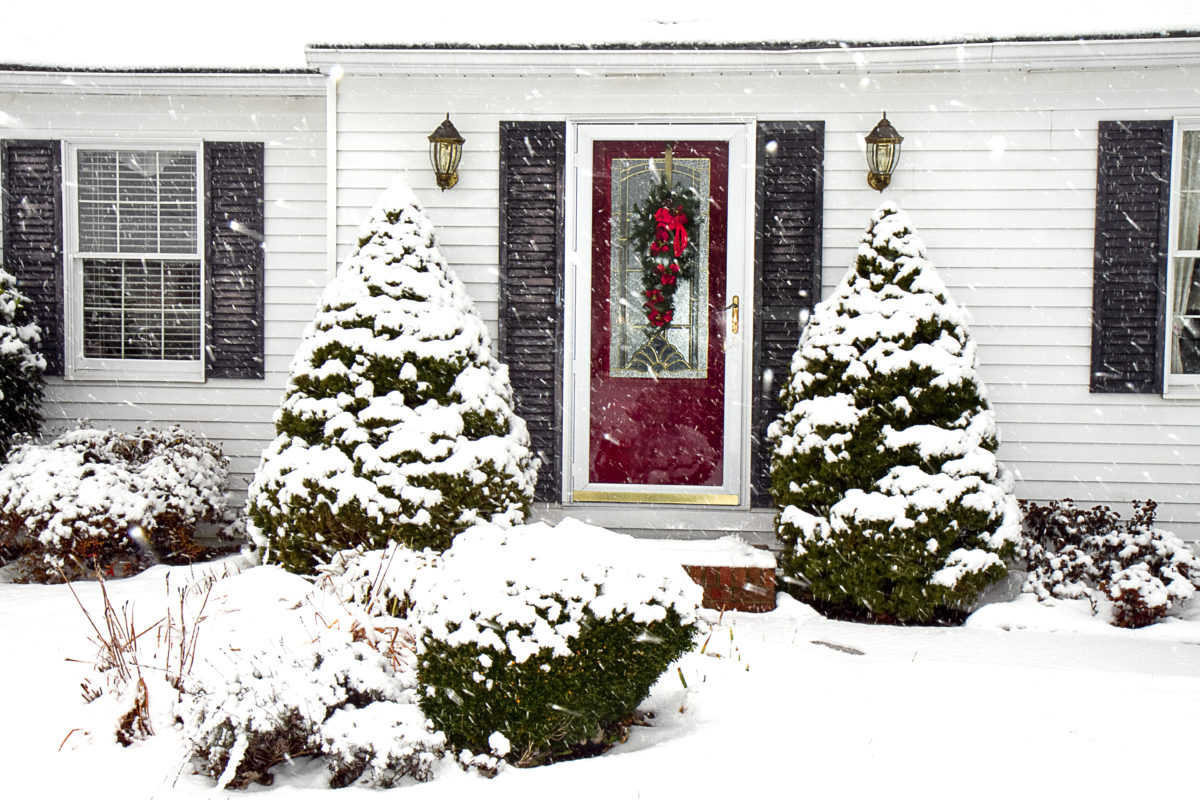
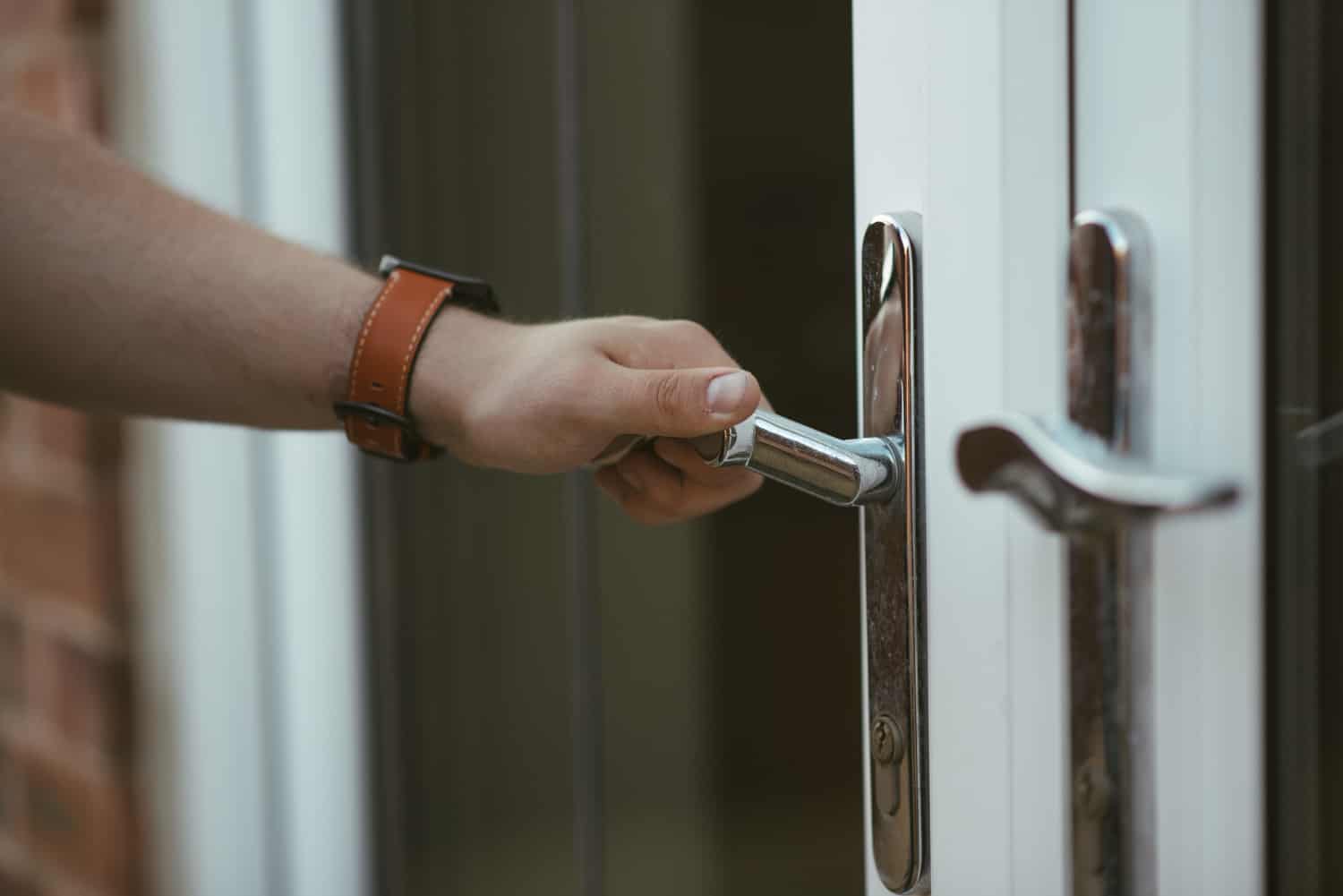

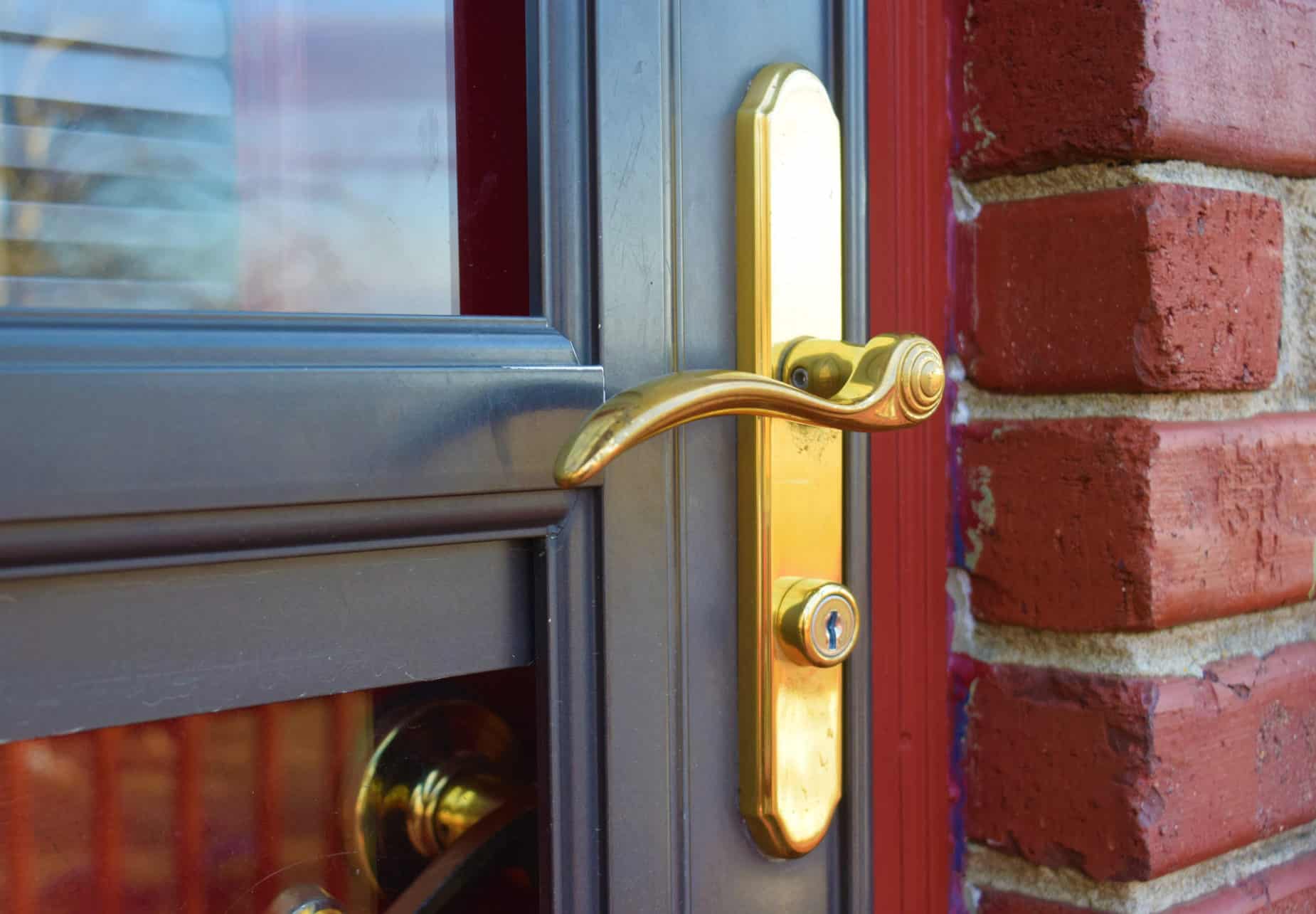

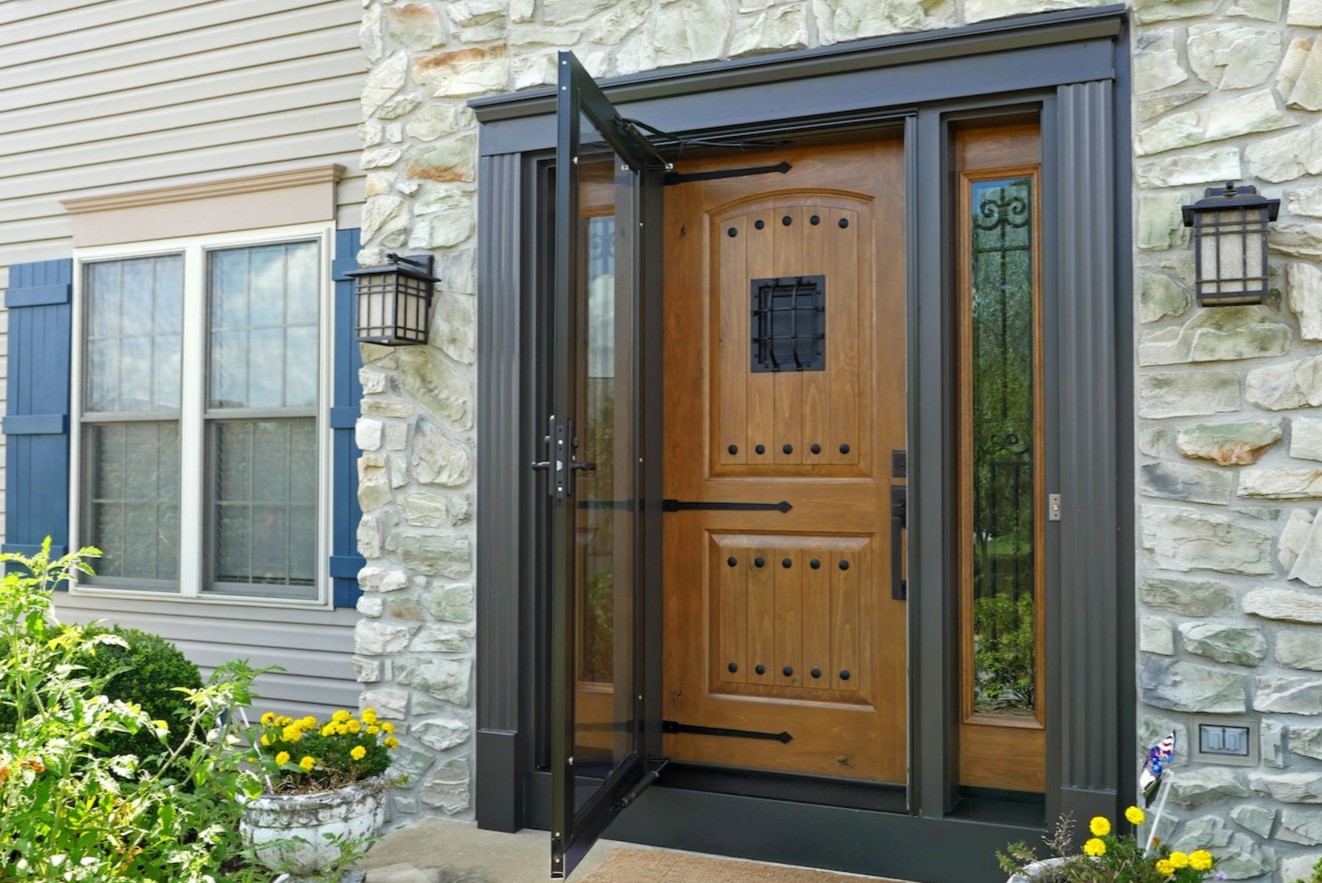
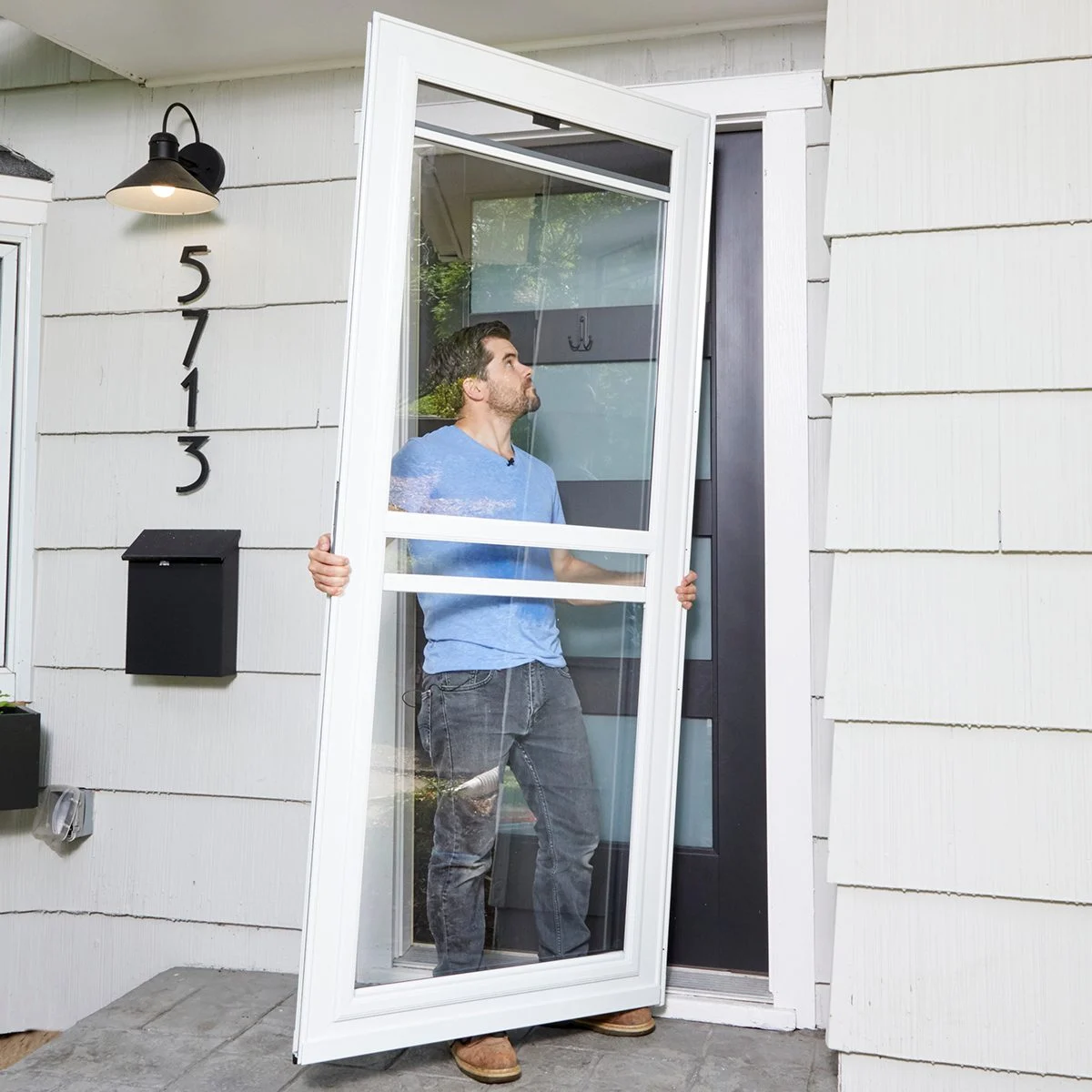
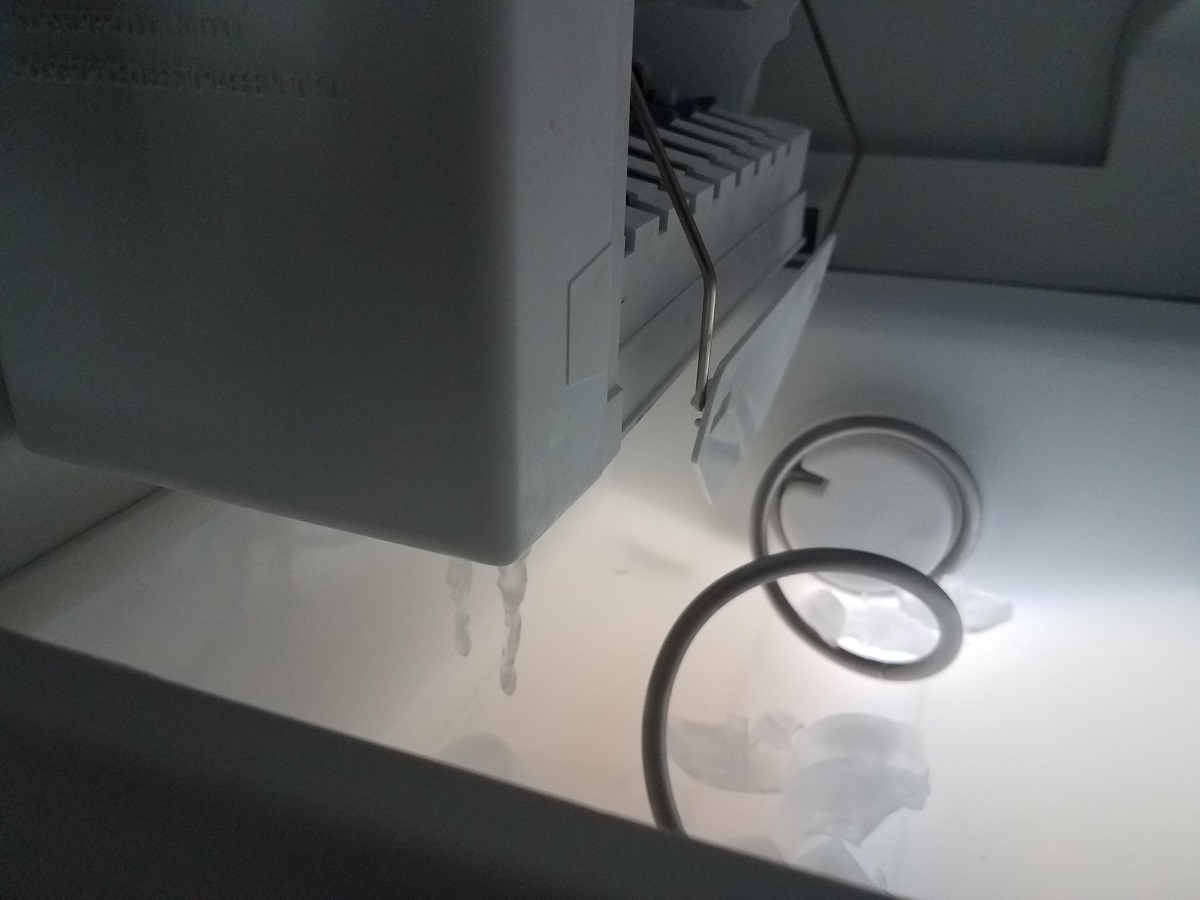
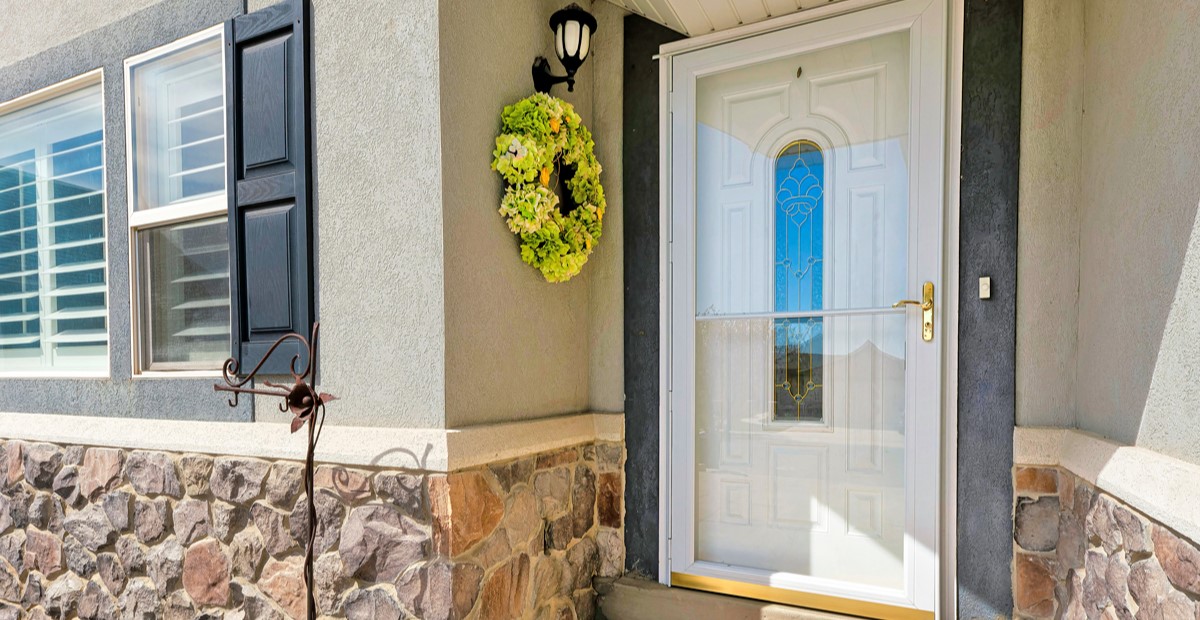


0 thoughts on “Why Is A Storm Door Icing Up”